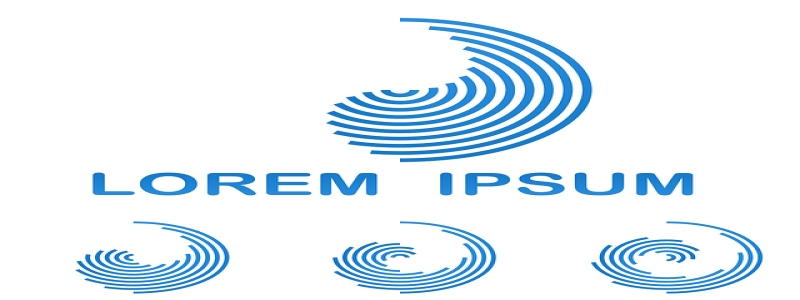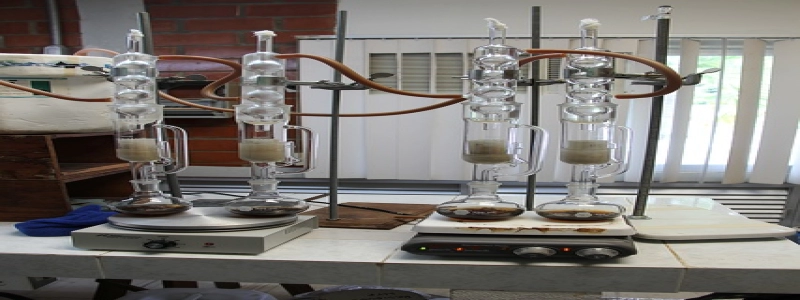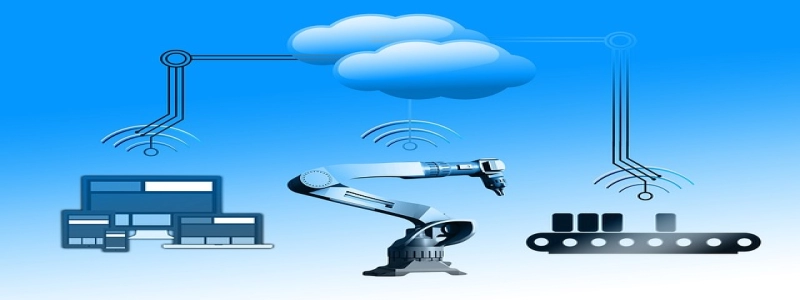SFP vs QSFP: Understanding the Differences
介紹:
In the world of networking, the choice of transceiver modules is crucial for transmitting and receiving data effectively. Two commonly used transceiver module types are Small Form-factor Pluggable (SFP) and Quad Small Form-factor Pluggable (QSFP). Understanding the differences between SFP and QSFP is essential for making an informed decision in network installations. This article aims to provide a comprehensive overview of SFP and QSFP, including their physical characteristics, supported data rates, and typical applications.
1. Physical Characteristics:
1.1 SFP:
– SFP, also known as Mini-GBIC (Gigabit Interface Converter), is a compact transceiver module.
– It features a small form-factor, measuring approximately 18.35mm x 13.4mm x 8.5mm, with a LC (Lucent Connector) or SC (Subscriber Connector) optical interface.
– SFP modules support various types of electrical interfaces such as Gigabit Ethernet, Fiber Channel, and SONET/SDH.
1.2 QSFP:
– QSFP, on the other hand, is a larger pluggable transceiver module compared to SFP.
– It measures approximately 18.35mm x 56.5mm x 18.75mm and has a high-density electrical interface with four channels.
– QSFP modules support a range of applications, 包括 40 Gigabit Ethernet, 100 Gigabit Ethernet, and InfiniBand.
2. Supported Data Rates:
2.1 SFP:
– SFP modules commonly support data rates from 100 Mbps (Fast Ethernet) up to 4 Gbps嘅 (Gigabit Ethernet).
– There are also enhanced SFP modules available that can reach data rates of up to 16 Gbps嘅.
2.2 QSFP:
– QSFP modules have evolved to support higher data rates.
– QSFP can support data rates of up to 40 Gbps嘅, utilizing four parallel lanes of 10 Gbps each.
– QSFP28 modules, the latest iteration, can support data rates of up to 100 Gbps using four lanes at 25 Gbps嘅.
3. Typical Applications:
3.1 SFP:
– SFP modules are commonly used for data communication in switches, routers, and other network devices.
– They are ideal for short-reach applications within a data center or local area network (LAN).
– SFP modules are widely used for Ethernet, Fiber Channel, and SONET/SDH networks.
3.2 QSFP:
– QSFP modules are designed for high-speed data transmission and are typically used in data centers.
– They are suitable for connecting switches, routers, and servers over short or long distances.
– QSFP modules find applications in 40 Gigabit and 100 Gigabit Ethernet networks, as well as InfiniBand networks.
結論:
Choosing between SFP and QSFP transceiver modules depends on the specific requirements of the network installation. While SFP modules are smaller and support lower data rates, they are cost-effective and widely used for various applications. On the other hand, QSFP modules provide higher data rates and are suitable for high-speed networks in data centers. Understanding the physical characteristics, supported data rates, and typical applications of SFP and QSFP will help network administrators make informed decisions in selecting the most appropriate transceiver modules for their networks.








